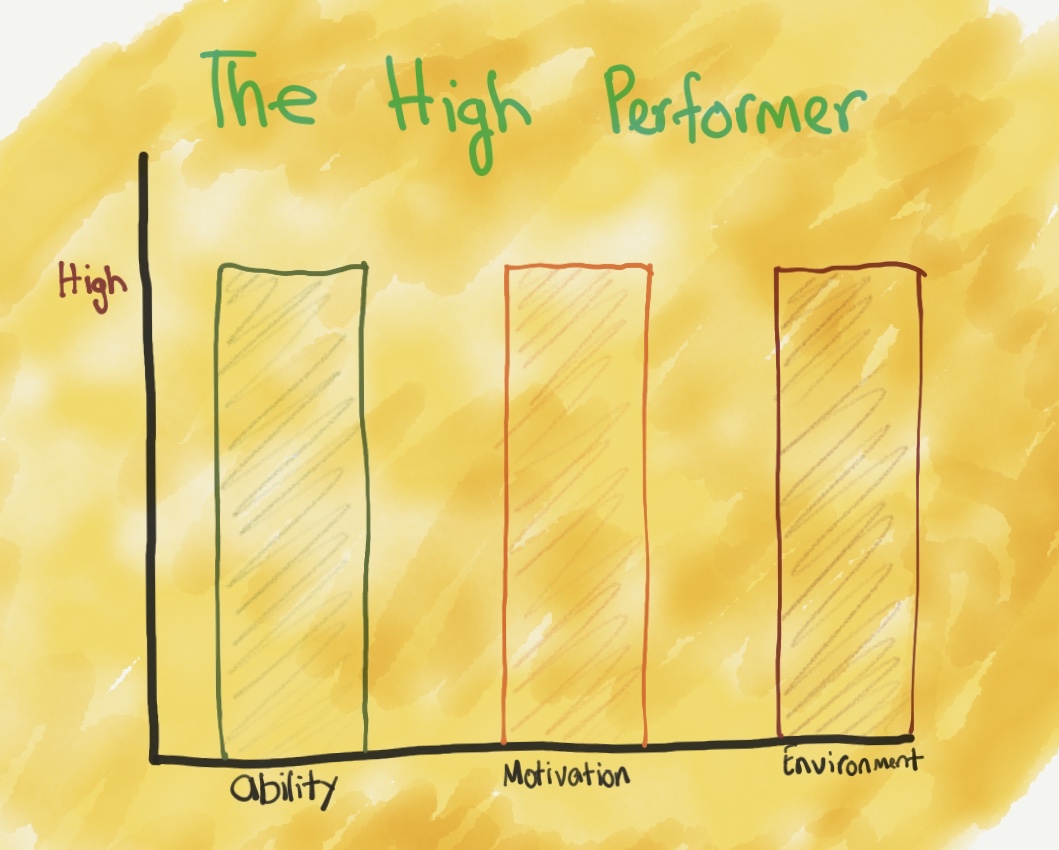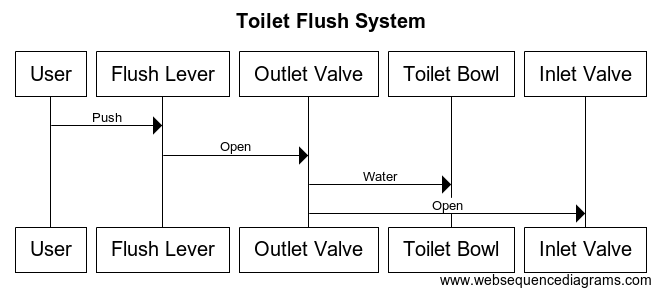
“I’d like to tidy up the entire planet. I would go anywhere if there were something that needs tidying.” - Marie Kondo
Well, she came to my work calendar in spirit. Let’s start with some backstory.
When I was developer, my typical day looked like this: one standup meeting and then pretty much the rest of the day in coding. Sometimes I paired up or jumped on a whiteboard session with my coworkers to hash things out. Apart from this, we had bi-weekly meetings for demo, retrospective and planning. All in all, less than 3 hours of meeting on a 40 hour work week.
I’ll admit, the 3 hours of meeting each week felt like a “waste of time”.
In my current role, I’m leading a total of 8 small teams organized as follows:
1. Web (6) - Production engineering, UI/UX, identity and access management, and 3 feature teams
2. Data (2) - Stream and search teams
I’m very blessed to have capable leaders for these teams. To ensure I support my leaders and provide the teams with necessarily context, my typical days in my current role are very different from my developer days. Honestly, when we grew too fast, I was feeling lost in so many meetings. It felt like my job turned into just going to meetings and even if I had an open slot, I was often too mentally overwhelmed to make a good use of it.
Thanks to the mindfulness training that Cisco offered to our whole group. It inspired me to rethink my work hours. After a few trial attempts, I have now finally settled into a routine.
First, I have reduced my meeting obligations. I only attend meetings where I need to take part in decision making. I follow the Amazon way of producing a written document if I host the meeting. This applies to my one:one meetings as well.
Second, I have shuffled my week such that I can have each day of the week organized around a theme. It’s not perfect, but for each day of the week, I clearly know the main theme of the day. It transformed my mental state from “feeling lost” into “looking forward” to the day. It also reduced the wild levels of context “swing”.
Today, here’s how my weeks look like:
- Monday is planning day - web team.
- Tuesday is product day - to work on engineering problems related to our product roadmap.
- Wednesday is people day - one:one.
- Thursday is maker day - hands-on R&D.
- Friday is planning day - data team.
Because our teams plan for two-week cycles, I have a decent amount of free spots on Monday and Friday every other week. This allows me to help the team, mostly with pair programming or discussing potential solutions to imminent problems. Also, it frees up space for ad-hoc meetings and hiring activities.
The transition from a developer to a manager and then to a manager of managers can be jarring for the “makers” among us. I hope shaping your week in themes like the ones I shared here will help calm things down for you.
Happy leading.







